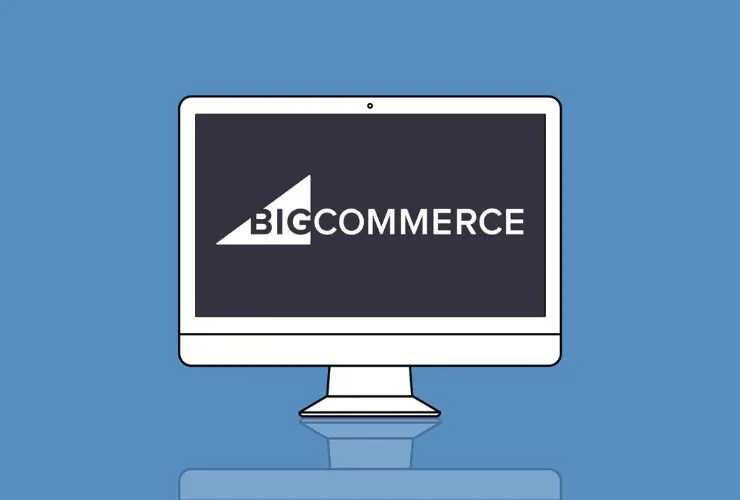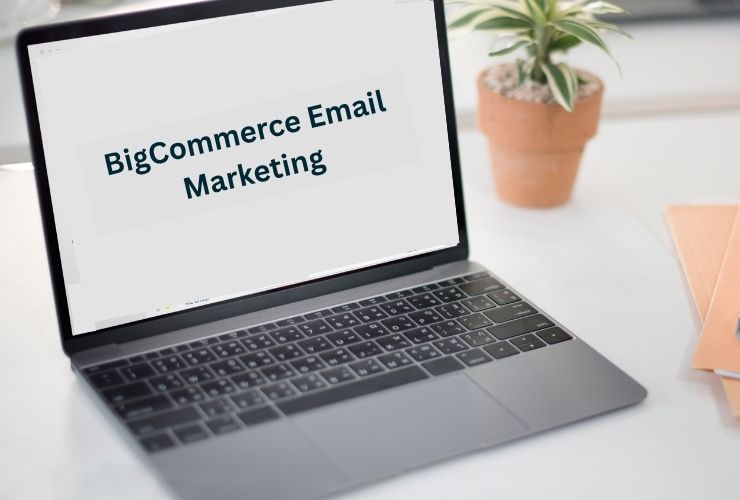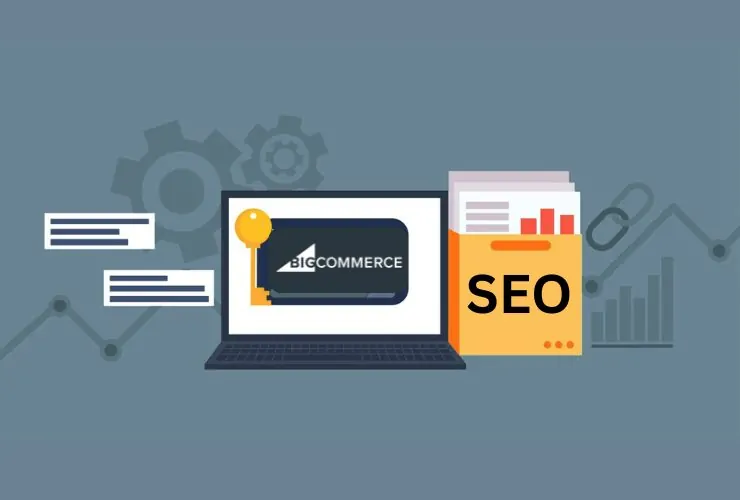Site speed is a crucial factor for any eCommerce store’s success.
Customers expect instant gratification in today’s digital world – commencing with website load time! A delay in load time by just 1 second, could cost you 7% of your conversions, a 16% reduction in customer satisfaction scores, and 11% fewer page views.
An optimized BigCommerce store enhances the experience for your visitors and helps to increase your SEO rankings, improve mobile usability, and build customer trust. Google has declared page speed as one of its ranking factors, meaning slow-loading pages could be slowing you down in search results.
If your store is slow to load, you are losing traffic, losing rankings, and most importantly – sales.
In this article, we’ll examine practical, high-impact ways to get your BigCommerce store moving, so you can be fast as lightning and create a user experience that converts.
1. Select a Lightweight and Optimized Theme.
Your theme may be the best place to start in terms of performance. Heavy theme files or poor code can seriously affect load times.
Tips:
- Select a minimalist theme and performance optimized.
- Avoid themes that are highly animated or feature rich with extensive widgets or external dependencies.
- Consider creating a custom BigCommerce theme tailored specifically to your business needs—lightweight, mobile-first, and conversion-optimized.
- Regularly audit and remove unused theme features.
2. Optimize Images for Efficiency
Massive uncompressed images are one of the most significant performance destroyers on ecommerce sites.
Things you can do to fix this issue:
- Compress images with TinyPNG, ImageOptim or Squoosh.
- Leverage next-gen image formats like WebP that have better compression.
- Scale images correctly to display size — never use large images and size down with CSS.
- Implement lazy loading so that off-screen images load only when a user scrolls to that content.
Also, keep a naming convention and use alt tags for SEO and accessibility.
3. Reduce Third Party Scripts
Third party integrations – like live chat, popups, tracking pixels, and widgets – add multiple scripts to your store and they can impact load time.
Consider the following:
- Audit third party apps on a regular basis.
- Remove any apps, widgets, or plugins that are not directly contributing to your conversions.
- Consider async-loading scripts and deferring load scripts to minimize blocking time.
- Launched with Google Tag Manager so that you can make better use of your tags and tracking codes.
Milliseconds count – develop a culture of eliminating scripts, focus only on what you need.
4. Utilize BigCommerce’s Built-in CDN
BigCommerce has Fastly CDN, a performance driven content delivery network that helps serve traffic globally.
To maximize this benefit:
- Ensure all static assets (JS, CSS, images) are uploaded directly to your store’s content library or within the theme’s asset directory.
- Avoid using external image sources that bypass the CDN.
- When customizing, bundle and host assets via the theme framework for automatic CDN caching.
- The CDN dramatically reduces time-to-first-byte (TTFB) and improves delivery speeds globally.
5. Utilize Built-in Performance Features of Stencil
BigCommerce’s Stencil framework is optimized for performance. If you utilize Stencil correctly, your store should perform faster than competitors.
What you can do:
- Bundle and minify JavaScript/CSS assets.
- Reduce server requests by using asset grouping.
- Enable caching using partial templates.
- Remove template files that you don’t use, and code bloat
Be sure to inform your developer and they have the Stencil CLI and are implementing performance best practices throughout development and when customizing your theme.
6. Use AMP for Your Mobile Pages
AMP (Accelerated Mobile Pages) enables you to deliver lightweight versions of your product and category pages; which improves mobile performance considerably.
Why this is important:
- Mobile traffic makes up more than 60% of all eCommerce traffic.
- Fast mobile pages would improve your mobile SEO rankings, and reduce your bounce rate.
- BigCommerce offers AMP for:
- Product detail pages
- Category pages
You can enable AMP under Storefront > Accelerated Mobile Pages in your BigCommerce store dashboard. Please ensure that your layout and branding are also marketers for the AMP version.
7. Keep an Eye on Performance
You must remember that optimization is not a one-time process, it is a continuous task. You need to regularly check your site to identify slow loading, script errors and stagnation initiated by company growth.
Tools to use:
- Google PageSpeed Insights – Provides useful recommendations for your mobile and desktop sites.
- GTmetrix – Great for waterfall analysis
Supercharge Your BigCommerce Store’s Performance
At Empirical Edge Inc., we’ll optimize your BigCommerce store’s performance and help you achieve the fastest possible shopping experience for your customers, which leads to more conversions and better search engines rankings.
Our speed optimization services include:
- Custom Theme Development for performance and flexibility
- Image Optimization and lazy loading implementation
- JavaScript/CSS Optimization and bundling
- SEO performance audits and improvements
- Third-party app/extension evaluation and script management
- Performance tracking and ongoing speed support
Whether you are starting a fresh or optimizing an existing store, we will get your BigCommerce site performing at its best—on every device in every geographic area.
Conclusion
A slow eCommerce store doesn’t just frustrate users—it kills sales. With BigCommerce, you have powerful tools at your disposal to build and maintain a high-performing storefront. From lightweight themes and image compression to AMP integration and CDN usage, these strategies can significantly boost your site speed and sales performance.









